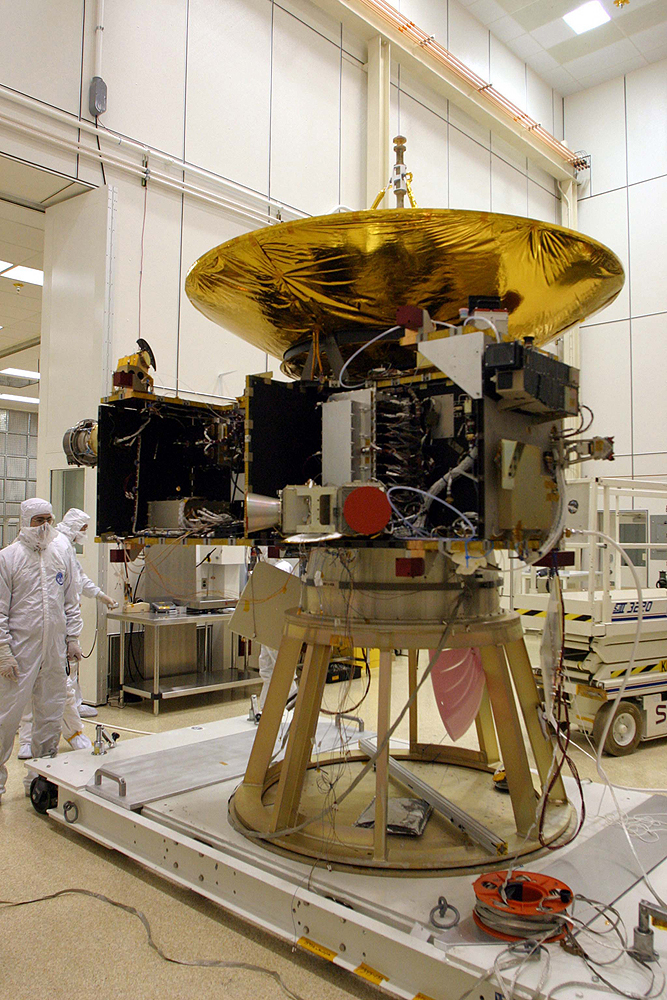 |
| Approaching Pluto image APOD/NASA |
July 14 2015 will be a historic day for Astronomy as the New Horizons spacecraft studying the Kuiper belt is - according to the plan - at the distance of only 12.500 km from the dwarf planet.
WYSIWYG - Viewing Saturn 1610
 |
| Galileo's sketch image Seed Magazine |
July 25, 1610 was also a historic day for Astronomy. Galileo Galilei identified the horns or ears of Saturn using his self/made two lens telescope having 37 mm objective diameter and 15 mm aperture. (See Galileo's original handwritten memo and sketch in this link).
Pluto, of course, was first seen on photographs February 18, 1930, by 23 year old Clyde Tombaugh working in Lowell Observatory, Flagstaff, Arizona. Its existence had been suspected already in the 19th century by perturbations in Neptune's orbit but at that time there was no telescope powerful enough to show it.
 |
| Galileo's telescopes in Florence image galileotelescope.org |
The image below was created using Astromatic software and is a good guess of what Galileo may have actually seen through his telescope. The view did not allow him to determine whathe was looking at but nevertheless, as a meticulous scientist, he faithfully reproduced the incomprehensible image.
 |
| What Galileo probably saw through his telescope image Astromatic.net |
WYSIWYG - Viewing Saturn 1659
 |
| Huygen's view image Seed Magazine |
Forty years later, in 1659, "Dutch astronomer Christiaan Huygens was the first to describe Saturn’s rings as a flat, circular disk, and the concept of a ringed planet first entered the human imagination" (Mark R. Schohalter From Galileo to Cassini). For the better view on Saturn that enabled him to determine the structure of rings Huygens used a more advanced 50 power refracting aerial telescope that he had designed by himself.
 |
| Huygens' telescope image Wikipedia |
WYSIWYG - Close Encounter with Pluto
 |
| New Horizons on ground image NASA |
 |
| Artist's view of New Horizons near Pluto image NASA |
There is no doubt the humanity will learn much about Pluto when seen from so close and photographed with the top technology money can buy. There will be materials for decades of study until better images replace the ones now in the process to be taken.
No comments:
Post a Comment